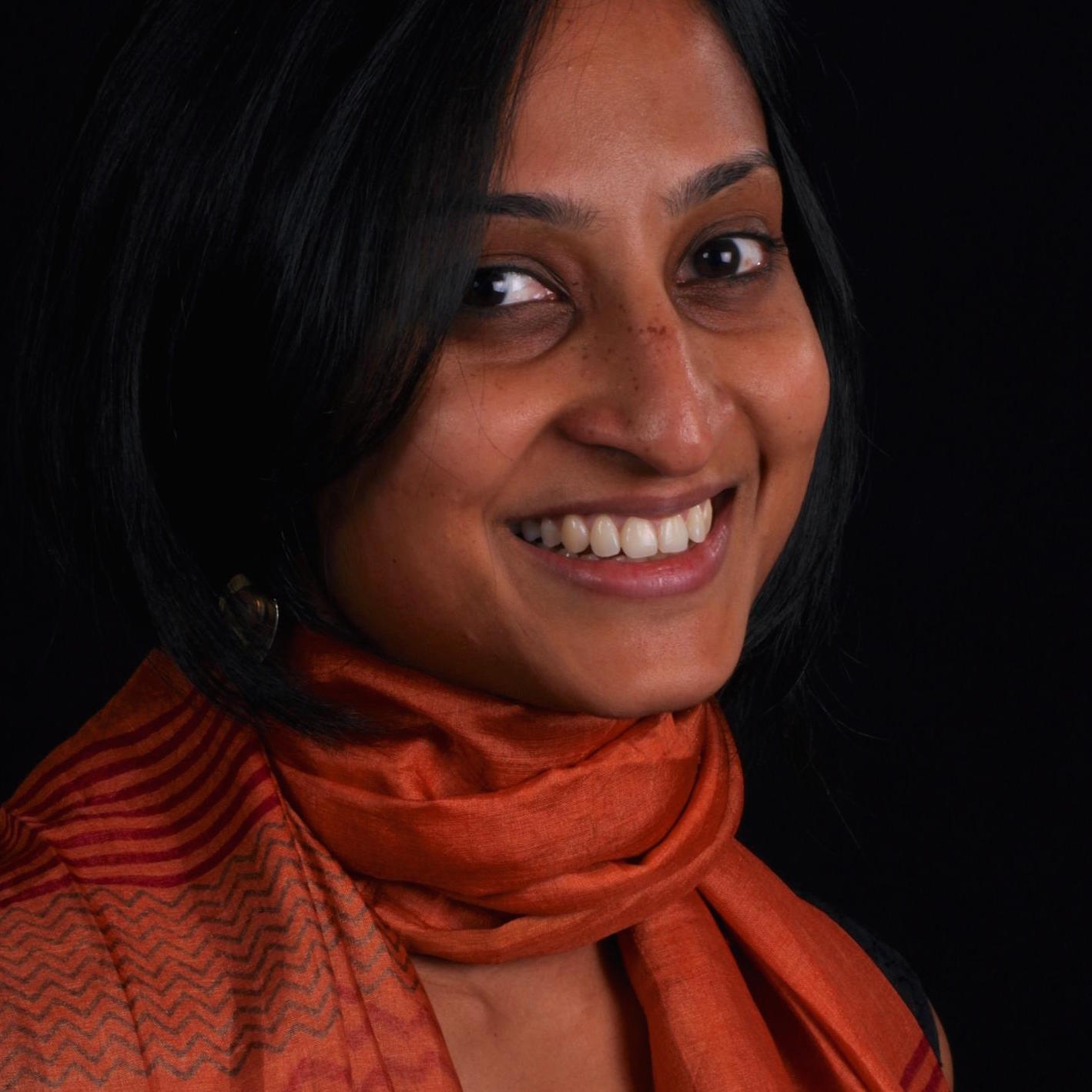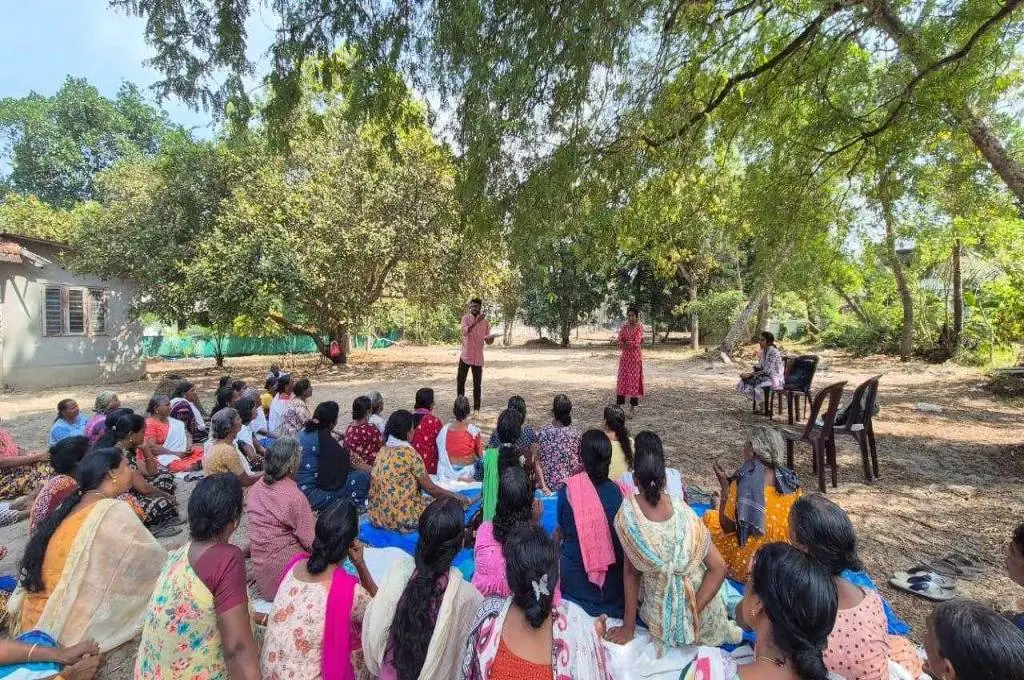One in four people in the world will be affected by mental health disorders at some point in their lives.
The scale of this statistic seemed unbelievably high, until I thought of family members and close friends dealing with addiction, depression and schizophrenia. A dear relative has been living with bipolar disorder for over 30 years. I experienced a psychological breakdown myself, a few years ago. Suddenly the number felt realistic.
Unfortunately, our culture, systems and structures are not designed to empathetically address the magnitude of this problem. Given its growing prevalence, how do we ensure all persons with mental illness have access to care and support to live to their full potential?

Our biggest disability as a society is not our mental, intellectual or physical disability—but the way we see mental health.
We at Ashoka, in collaboration with Nilekani Philanthropies, studied the work of leading social entrepreneurs from around the world addressing mental health. And at the heart of what we learnt is that our biggest disability as a society is not our mental, intellectual or physical disability—but the way we see mental health.
Let us take a few steps back. What we ‘see’ is our paradigm. This is the shared idea in our minds as a society, the big unstated and unquestioned beliefs we hold. Change the paradigm and changes in systems will follow. When we SEE differently, we ACT differently.
However, we rarely step back to question the beliefs that underlie our systems.

Photo courtesy: Jivya Soma Mashe
Who is affected by mental health conditions?
Implicit in society today is a belief that mental health conditions affect only a specific group of people and that somehow they are different from ‘me’ and the rest of humanity.
We must recognise that all humans are psychologically vulnerable. Each of us, at some point, experiences mental distress or crisis, whether as a single episode or a long-term condition.

This is why Dr. Manuela Richter Werling created an intervention in German schools where, over the course of a day, all students experientially learn to reflect on their own mental health needs and those of their peers experiencing mental distress. This awareness helps them understand mental distress in themselves and in people around them, and normalises the process of seeking and offering help when needed.
The other dominant narrative is that mental health conditions are a product of chemical imbalances in the brain, other biological factors and personal experiences. However environmental factors such as poverty, violence and conflict are important contributors to the onset of mental illnesses.
Related article: Mental health at work
How do we see people with mental health conditions?
A person living with schizophrenia is a schizophrenic. But a person who has cancer is not a ‘canceric’. Mental health conditions become the most important identity of the individual. Anything they do or feel—being angry, sad, or making poor choices—is attributed to their ‘mental illness’. We must however see the whole person at the centre. A woman can be a mother, wife, business owner, neighbour, friend, citizen, and a person living with mental illness.
Where does this new paradigm lead us? Beyond instances described above, the work of several social entrepreneurs gives us a glimpse of the system that could emerge from this paradigm. Specifically, it allows us to reimagine and redesign three key aspects:
1. The goal of the system
When we see the whole person, we realise that it is not enough to simply remove symptoms of the illness through a medical approach. The goal of the system should be to preserve individuals and their role in society by also offering psychological, social and economic support.
For example, Vandana Gopikumar creates an environment in Tamil Nadu where people who have been homeless or been confined to hospitals for several years can live independently, shoulder responsibilities and access care in a home-like environment.
Performing social roles in the community helps people rebuild their identities, achieve recovery, and reach their full potential.
2. Structure of care
When we see that everyone is vulnerable, we see the need to redesign the system of care from being one that (a) responds only when symptoms are apparent (b) is situated in institutions that are disconnected from society (c) places the onus of care on a few experts and institutions.
For instance, Bhargavi Davar creates barefoot counsellors in Pune who build human support structures and equip entire communities to care for their members. Today, community members care for people in need by simply visiting them, assisting them in opening a bank account or finding housing, sharing a meal with them or helping them find a livelihood opportunity.
Other social entrepreneurs engage religious leaders, tea stall vendors and police to play a role in caring within the community. This system of care proactively reaches out, is situated within, and places the onus of care on communities.
3. Decision making authority
When we see the whole person, we ensure the agency in choice of care, housing and work of people with psycho-social disabilities. Needless to state, while an enabling environment is created, it comes with individuals taking personal responsibility for their recovery and life.
Sehnaz Layikel, for example, creates patient councils in mental health hospitals in Turkey. Among other things, these councils play a role in deciding on ward rules, cultural programmes and the food menu. This helps patients develop agency to protect their interests and rights within the institution, while transforming the outlook of mental health professionals who are otherwise accustomed to making unilateral decisions about patients.
What must WE do?
If 25 per cent of the world’s population is going to be affected by mental health disorders, we need to urgently build acceptance and address stigma by normalising mental illness in society. This can happen only by changing the paradigm.
At an individual level, all it takes is a falling of scales from one’s eyes. However, changing paradigms at a societal level is much harder.
We need to show society why the old systems are failing us and advocate for the new paradigm from positions of power and visibility. We need to enable more self-advocates to share their stories and call for change, investors to invest differently, government officials to push for new policies, professionals and community members to redesign systems of care and redefine indicators of care. In essence, we need to strategically create more roles for each one to be a changemaker.
Click here to access to the full report, The Emerging Paradigm—Social Innovation Mapping.




